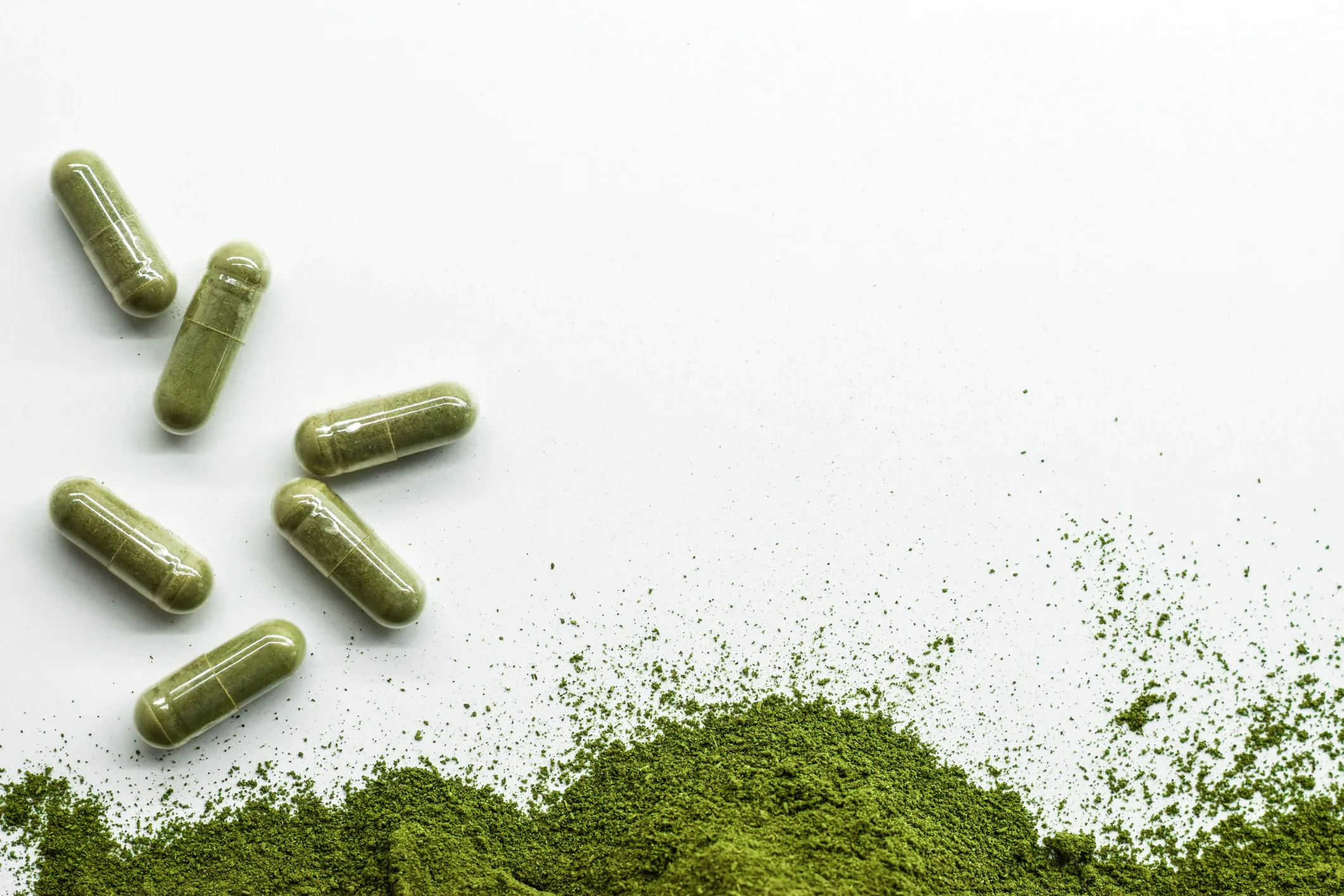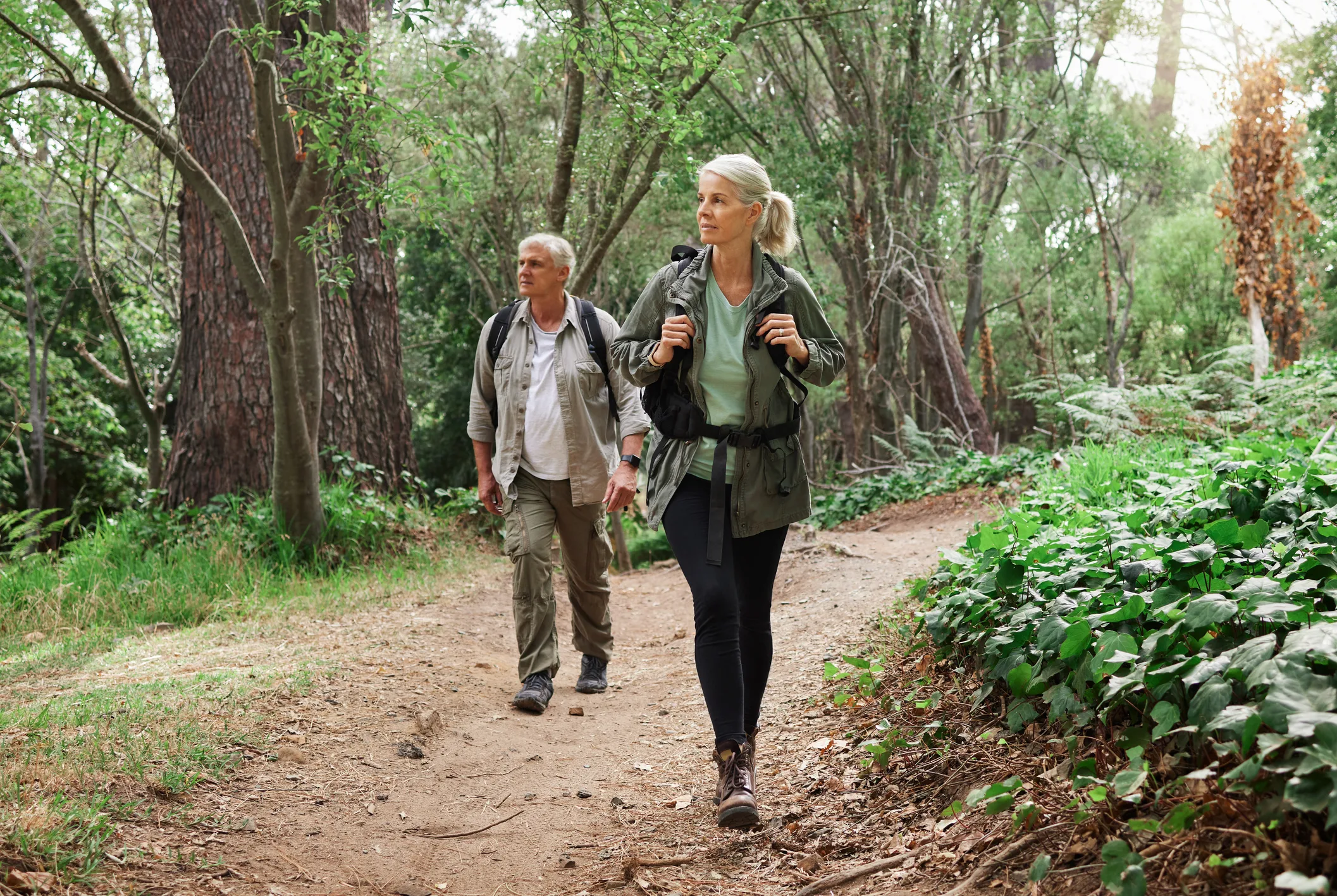For millions around the globe, working hours aren’t exactly 9 to 5. Instead, they’re clocking in when the rest of the world is winding down, or even flipping between day and night shifts like a human pancake. While these dedicated individuals keep our hospitals, factories, and essential services running around the clock, a growing body of scientific evidence suggests that this “round-the-clock” lifestyle might be taking a toll on something more fundamental than just their sleep schedule: their very aging process.
The Body’s Internal Clock: A Delicate Instrument (and When It Goes Haywire)
At the heart of this issue is our circadian rhythm – the body’s natural 24-hour internal clock that dictates everything from when we feel sleepy to when certain hormones are released. Think of it as a finely tuned orchestra conductor, ensuring all our biological processes play in harmony with the natural cycle of day and night. When you work a night shift, you’re essentially asking that conductor to lead a symphony in reverse, and it turns out, the orchestra isn’t thrilled about it.
This constant push-and-pull against our natural internal timing can lead to something called Circadian Rhythm Sleep-Wake Disorder (CRSWD), specifically Shift Work Disorder (SWD) in this context. It’s more than just feeling a bit groggy; it’s a chronic state where your internal clock is fundamentally out of sync with your external schedule. Symptoms include persistent insomnia (when you need to sleep) and excessive sleepiness (when you need to be awake), often accompanied by brain fog, irritability, and even digestive issues. Imagine trying to run a marathon on a treadmill that keeps randomly reversing direction – that’s what your body might feel like with CRSWD. This chronic misalignment is a fundamental biological upheaval that can send confusing signals throughout your system, leading to a biological mismatch that can have serious consequences.
Cellular Wear and Tear: The Telomere Effect
One of the most intriguing (and slightly unsettling) ways shift work seems to accelerate aging is at the cellular level. Ever heard of telomeres? These are like the little plastic tips on the ends of your shoelaces, but for your chromosomes. They protect your DNA from unraveling and degrading. Every time your cells divide, these telomeres get a little shorter, which is a natural part of aging. However, chronic stress and disrupted circadian rhythms, common in shift workers and exacerbated by CRSWD, can act like a speedy trimmer for these telomeres.
Studies, particularly those looking at long-term night shift workers, have hinted at a connection between years spent burning the midnight oil and accelerated telomere shortening. While the science of using telomere length as a definitive aging marker is still being explored, the trend is concerning: the longer someone works night shifts, especially if they struggle with the symptoms of CRSWD, the more those protective tips seem to wear down. It’s almost as if your cells are trying to age in dog years to catch up with your demanding schedule.
More Than Just Tired: Muscle and Brain Aging
It’s not just telomeres taking a hit. Recent research, including a study from King’s College London, suggests that even our muscle cells have their own internal circadian clocks. When these muscle clocks are disrupted by shift work, particularly in those suffering from CRSWD, it can profoundly affect aging processes, specifically leading to sarcopenia, the age-related decline in muscle mass and function. Imagine your muscles trying to do their nightly repair work during your “day” (which is actually night), but getting confused because the internal signals are all wrong. This can lead to an accumulation of “defective proteins” in the muscles, essentially causing premature wear and tear.
Beyond physical decline, the brain isn’t immune either. Studies have indicated that circadian rhythm disruption from shift work during early adulthood can actually accelerate cognitive decline by middle age. This means potential earlier onset of memory and learning difficulties, and even long-term inflammation in the brain. So, that persistent “shift work brain fog” often associated with CRSWD might be more than just fatigue; it could be a sign of deeper, accelerated aging processes, impacting your ability to think clearly and remember things.
The Unseen Toll and What Can Be Done
The impact of shift work, especially when it leads to a full-blown circadian rhythm disorder, isn’t just limited to telomeres, muscles, and cognition. It’s also linked to an increased risk of chronic diseases like cardiovascular disease, metabolic syndrome, diabetes, certain cancers, and mental health issues like depression and anxiety. It’s a complex web where disrupted sleep, altered hormone production (like melatonin suppression), increased stress hormones (cortisol), and changes in metabolism all contribute to a body that’s trying to cope with an unnatural rhythm, often fighting itself in the process.
Takeaway
While the demands of a 24/7 society mean shift work isn’t going anywhere, understanding its biological toll, particularly the risk of developing CRSWD, is crucial. Researchers are now exploring ways to mitigate these effects, such as optimizing light exposure during shifts (think bright lights during the night shift and total darkness for sleep), creating better sleep environments, and even developing new therapies that target the body’s internal clocks to keep them in sync. For those who keep our world running through the night, finding ways to help their bodies cope with the “time travel” of shift work isn’t just a matter of convenience; it’s a matter of healthy longevity and preventing premature aging.
Source:
Ageless Secrets: Influence of Night Shift on Your Aging Process











